Chinese electric vehicle (EV) powerhouse BYD has once again cemented its dominance in the global EV market, delivering an impressive 986,098 passenger vehicles in the first quarter of 2025. This figure represents a 58% year-over-year increase, positioning the automaker as a formidable contender for global leadership in the EV industry.
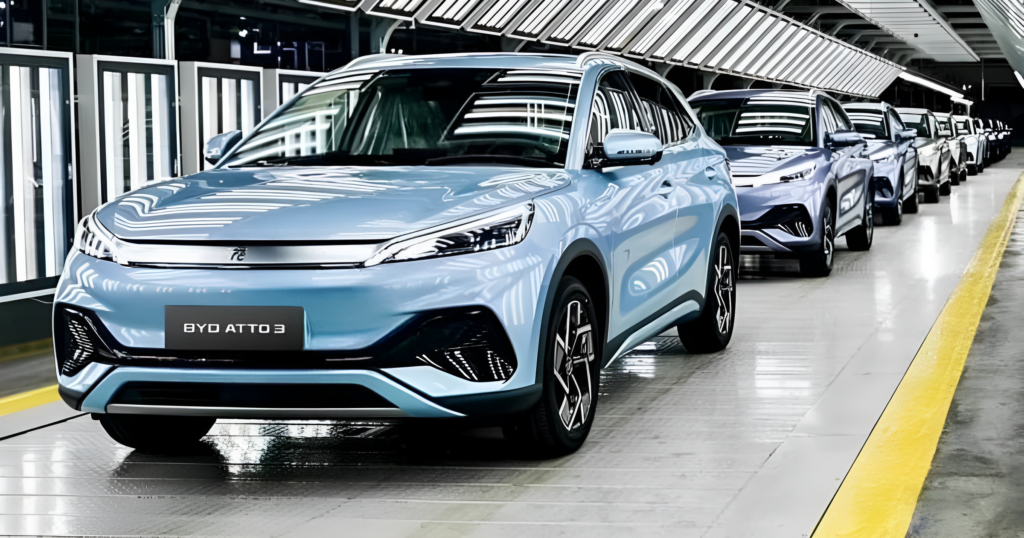
Record-Breaking Performance in March

March alone accounted for 371,419 vehicles, marking the most successful month in BYD’s history. Of these, 166,109 units were battery electric vehicles (BEVs), while 205,310 units were plug-in hybrid electric vehicles (PHEVs). This balanced distribution illustrates BYD’s adaptive approach, meeting the needs of varied markets with different levels of charging infrastructure and energy demands.
Tesla’s Slump in Stark Contrast
Tesla, on the other hand, has experienced a shaky start to 2025. Facing intensified competition, price-cutting wars, and evolving consumer sentiment, the company has reported a downturn in global sales for the first quarter. While Tesla has yet to release official figures, analysts estimate deliveries to be fewer than 430,000 units, a decline from the 466,000+ units sold in Q1 2024.
In comparison, BYD is outselling Tesla by more than 2 to 1 this quarter.
What’s Driving BYD’s Growth?
Several key factors are fueling BYD’s meteoric rise:
-
Aggressive international expansion, with a strong presence in Southeast Asia, South America, and Europe.
-
Highly competitive pricing, offering vehicles that undercut Tesla across multiple segments.
-
Robust government support in China, coupled with advantageous policy incentives.
-
Diverse product range, from budget-friendly EVs to high-end sedans and SUVs.
BYD’s investments in battery technology have also paid off, with its Blade Battery recognized for safety and cost-effectiveness as a lithium iron phosphate (LFP) solution.
Tesla’s Challenges in 2025
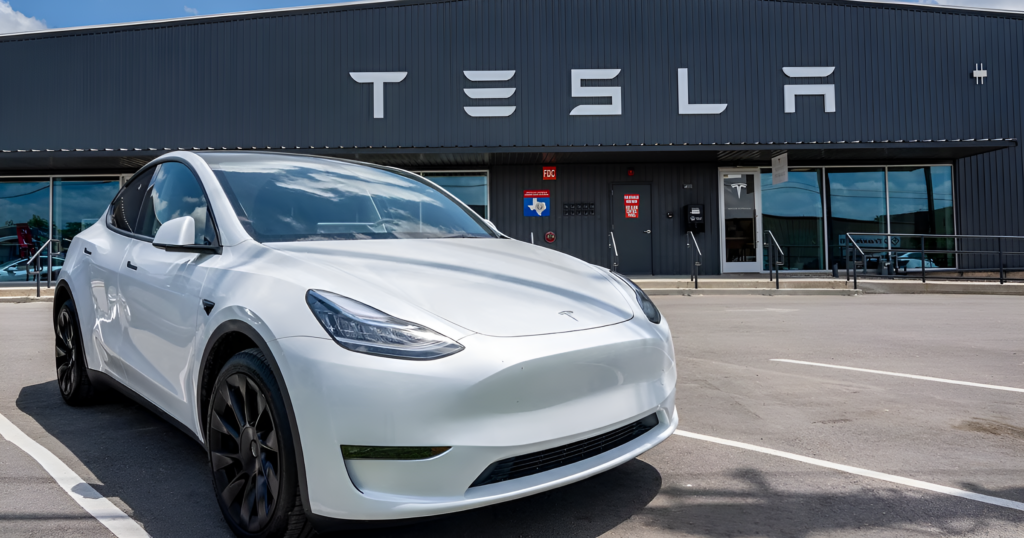
Tesla has encountered multiple obstacles this year, including:
-
Production delays and component shortages impacting deliveries.
-
Regulatory pressures in both Europe and China.
-
Mixed reviews of the newly updated Model 3.
-
Distractions at the executive level, with Elon Musk’s time divided between Tesla, SpaceX, and the social media platform X.
Further complicating matters, Tesla has faced criticism for mass layoffs, price instability, and ongoing quality control concerns in several markets.
The Global EV Race Accelerates
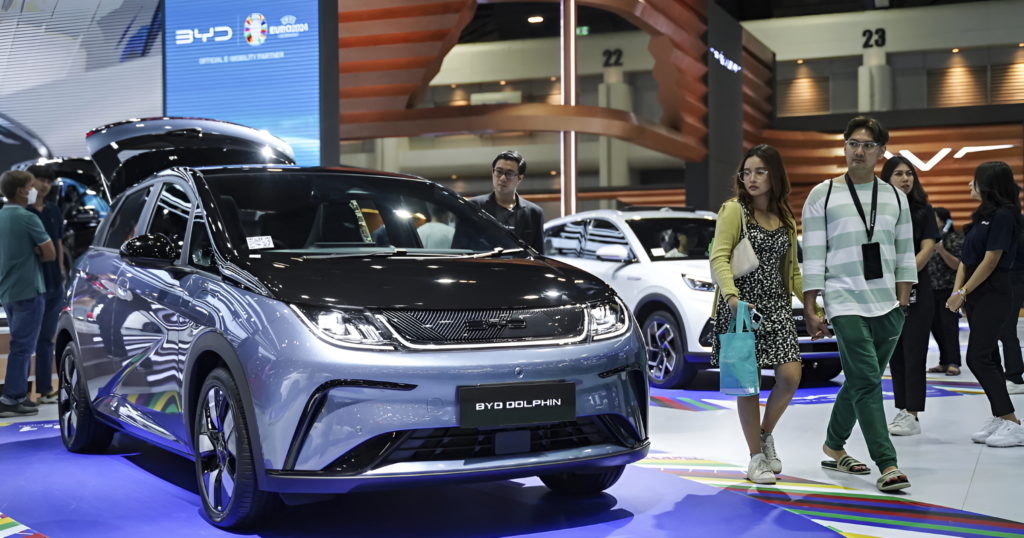
BYD’s performance in Q1 2025 signifies more than just strong numbers—it represents a broader shift in the EV market. While Tesla may have pioneered the modern electric vehicle movement, companies like BYD are now setting the pace for global dominance by focusing on scalability, affordability, and regional adaptability.
Tesla now finds itself not only competing with traditional automakers pivoting to EVs, but also with fully electric, globally agile firms that understand both product and market dynamics.
What Lies Ahead?
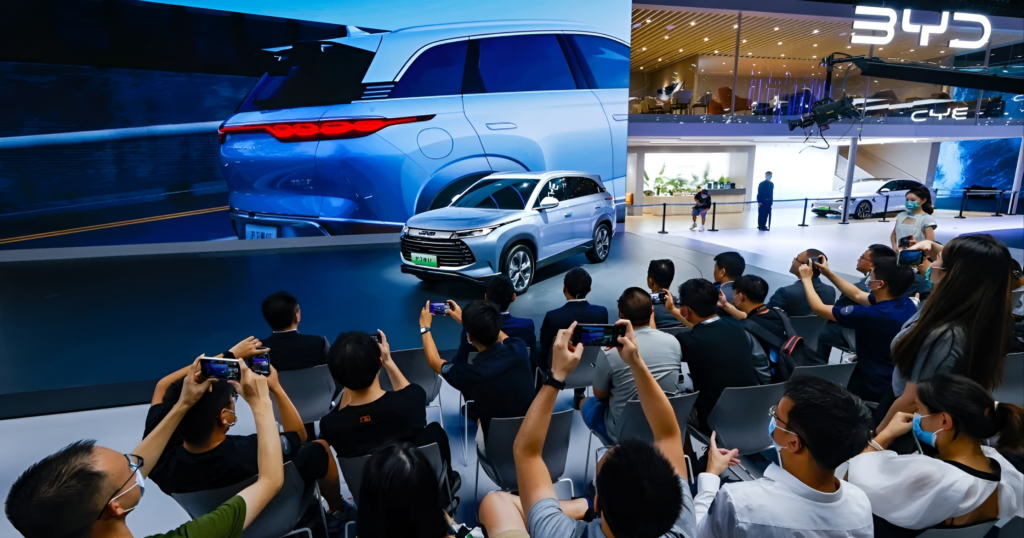
As Tesla works to regain momentum, BYD shows no signs of slowing down. The company has announced new production facilities in Brazil and Hungary, and its vehicles continue to gain popularity across Europe’s transition to green mobility.
Analysts suggest that if current trends hold, BYD could surpass Tesla as the world’s top EV manufacturer by the end of 2025.
China’s Manufacturing Edge
BYD’s manufacturing base in China provides it with a significant advantage. With vertically integrated production facilities and a domestic battery supply chain, BYD can scale more efficiently and cost-effectively than many of its global competitors.
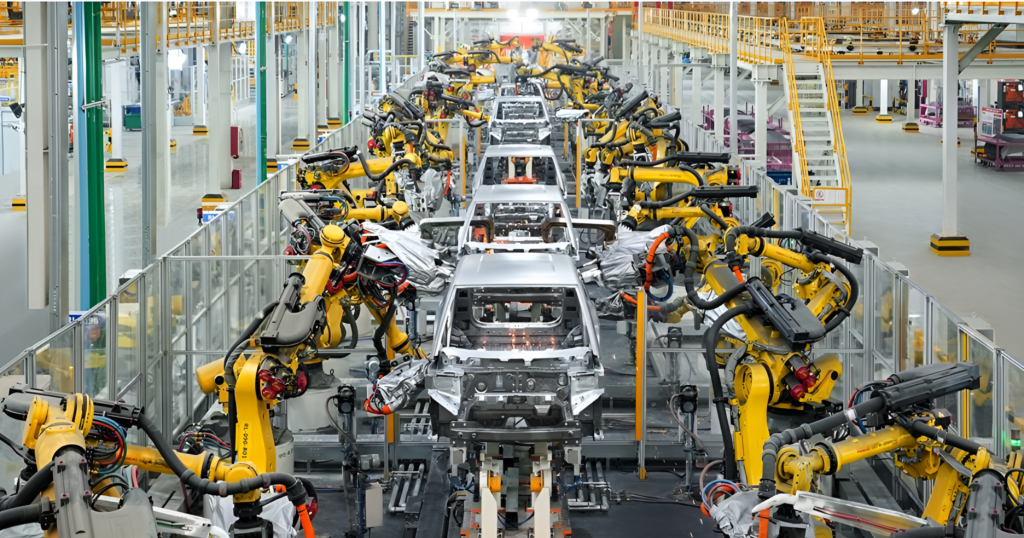
This streamlined production not only mitigates supply chain risks but also enhances quality control and accelerates product development cycles.
Why Plug-In Hybrids Still Matter
Unlike many EV manufacturers focusing solely on BEVs, BYD’s dual strategy has proven to be highly effective. Plug-in hybrids remain a practical solution in regions with limited charging infrastructure, allowing BYD to reach customers that other companies might overlook.
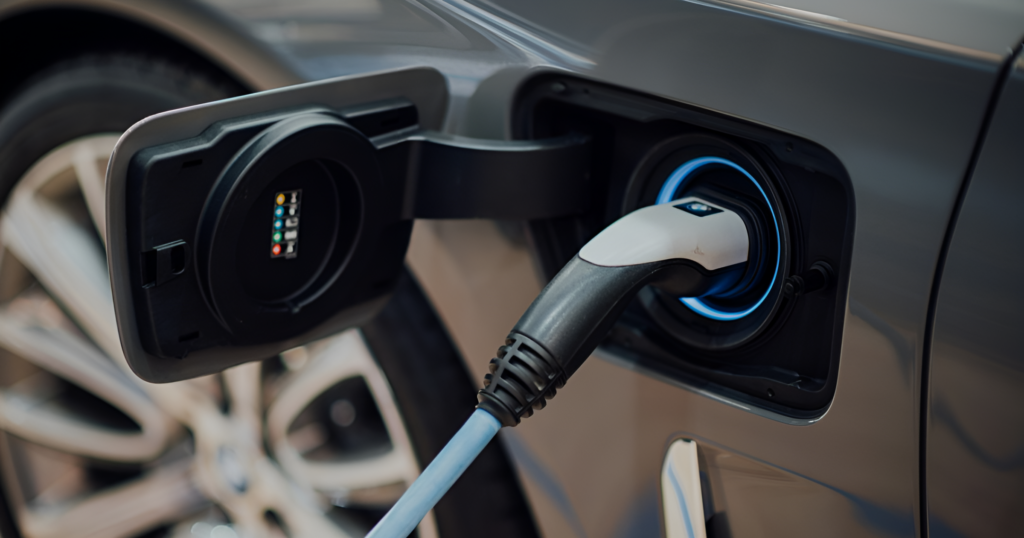
This hybrid approach has played a pivotal role in sustaining BYD’s sales momentum across multiple global markets.
Going Global: Beyond China
BYD’s success is not confined to China. The company now exports vehicles to over 70 countries, and is quickly gaining traction in Latin America, Africa, and Europe. Strong demand in newly entered markets such as Mexico and Germany further confirms BYD’s global appeal.
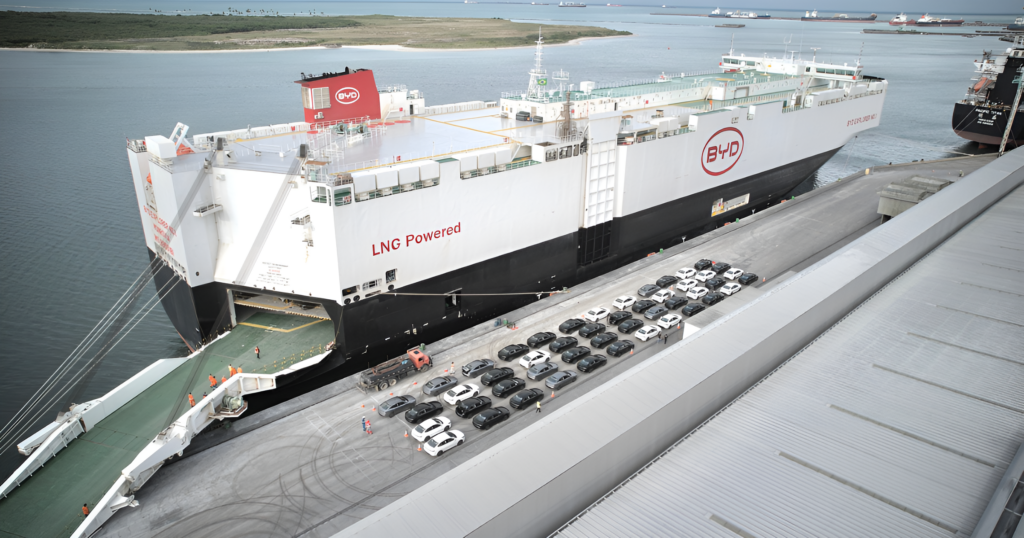
Strategic investments in overseas manufacturing capacity are also laying the groundwork for long-term international growth.
Technology and Innovation at the Core
BYD’s technological capabilities match—and in some areas, rival—Tesla’s. The company continues to develop in-house batteries, electric drivetrains, and AI-based driving technologies, all integrated into its vehicles.
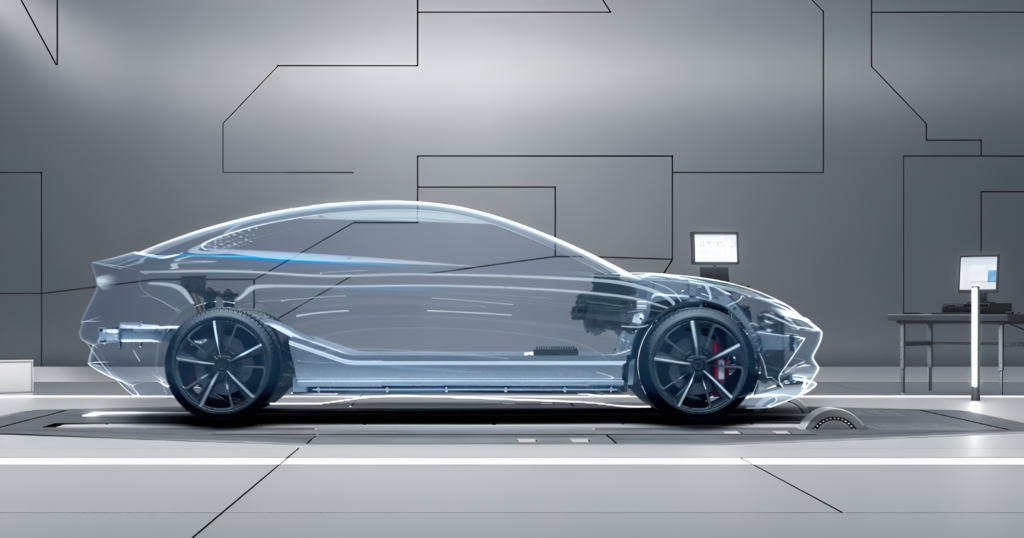
With R&D spending hitting record levels in 2024, BYD is doubling down on innovation and looks poised to increase that investment further in 2025.
Final Thoughts
The first quarter of 2025 may well be remembered as the turning point when Tesla lost its clear lead in the EV space. With BYD nearing 1 million units sold in just one quarter, the competition is no longer about who innovated first — it’s about who can scale faster, adapt better, and deliver value across diverse global markets.
One thing is clear: the global EV race is intensifying, and BYD is accelerating at full throttle.